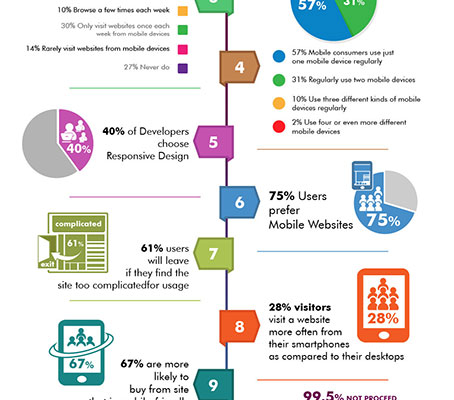Fascinated In Discovering How Internet Site Layout Has Advanced For Many Years? Explore The Journey From Straightforward Styles To User-Centered Techniques
Fascinated In Discovering How Internet Site Layout Has Advanced For Many Years? Explore The Journey From Straightforward Styles To User-Centered Techniques
Blog Article
Web Content Writer-Bradshaw Dalby
In the past, web sites were basic and focused on information. Navigation was direct, and design was for desktops. Now, user experience is key. Data guides layouts for easy navigation. Receptive layouts fit different tools. Today, dark setting decreases strain, and minimalist menus boost navigation. Interactive attributes involve customers, and strong visuals stand out. AI integration enhances involvement. See how design has progressed to enhance your on-line trip.
Early Days of Website Design
In the very early days of web design, simplicity preponderated. Web sites were fundamental, with limited colors, fonts, and layouts. The focus got on providing info as opposed to fancy visuals. Individuals accessed the internet through slow-moving dial-up links, so rate and performance were essential.
Navigating food selections were straightforward, usually located on top or side of the web page. Internet sites were designed for home computer, as mobile surfing wasn't yet prevalent. simply click the following page was king, and designers focused on simple readability over intricate style elements.
HTML was the primary coding language used, and developers needed to function within its restrictions. Computer animations and interactive functions were marginal compared to today's requirements. https://www.marketingprofs.com/articles/2021/45358/one-tip-to-improve-on-page-seo-use-more-mini-infographics-a-guide were fixed, with little dynamic material or individualized individual experiences.
Surge of User-Focused Layout
With the evolution of site layout, a change in the direction of user-focused design concepts has actually ended up being progressively popular. Today, creating web sites that focus on user experience is vital for engaging site visitors and achieving organization goals. User-focused design involves comprehending the demands, preferences, and actions of your target market to tailor the website's layout, material, and features appropriately.
Developers now perform detailed research, such as customer studies and functionality testing, to gather understandings and feedback directly from individuals. This data-driven method assists in producing intuitive navigating, clear calls-to-action, and aesthetically enticing interfaces that reverberate with site visitors. By putting the user at the center of the design procedure, web sites can provide an extra customized and delightful experience.
Responsive layout has actually also become a vital aspect of user-focused layout, ensuring that internet sites are enhanced for different gadgets and display sizes. This flexibility boosts availability and usability, satisfying the diverse means individuals communicate with sites today. Essentially, the increase of user-focused design represents a change towards developing electronic experiences that focus on the requirements and expectations of completion user.
Modern Trends in Web Design
Check out the latest trends forming web design today. One famous trend is dark mode style, supplying a smooth and modern look while lowering eye strain in low-light settings. Another key fad is minimalist navigating, simplifying menus and improving customer experience by focusing on essential elements. Including micro-interactions, such as computer animated switches or scrolling results, can create a more appealing and interactive site. Receptive layout remains crucial, guaranteeing smooth customer experiences across numerous tools. Additionally, utilizing bold typography and unbalanced layouts can add aesthetic passion and draw attention to certain content.
Incorporating AI modern technology, like chatbots for client support or customized recommendations, enhances individual engagement and improves procedures. Access has also come to be a significant pattern, with developers focusing on inclusive design methods to accommodate diverse customer demands. Welcoming sustainability by maximizing web site efficiency for speed and effectiveness is an additional arising fad in website design. Working together with user responses and data analytics to repeat and enhance layout continuously is essential for remaining appropriate in the ever-evolving digital landscape. By embracing these modern fads, you can develop an aesthetically attractive, straightforward website that reverberates with your target market.
Verdict
As you assess the development of site layout from the early days to now, you can see just how user-focused style has ended up being the driving pressure behind modern patterns.
Welcome the journey of adjustment and adjustment in web design, constantly maintaining the user experience at the leading edge.
Remain present with the most up to date trends and innovations, and never quit advancing your approach to develop visually spectacular and easy to use internet sites.
Advance, adapt, and develop - the future of website design is in your hands.
